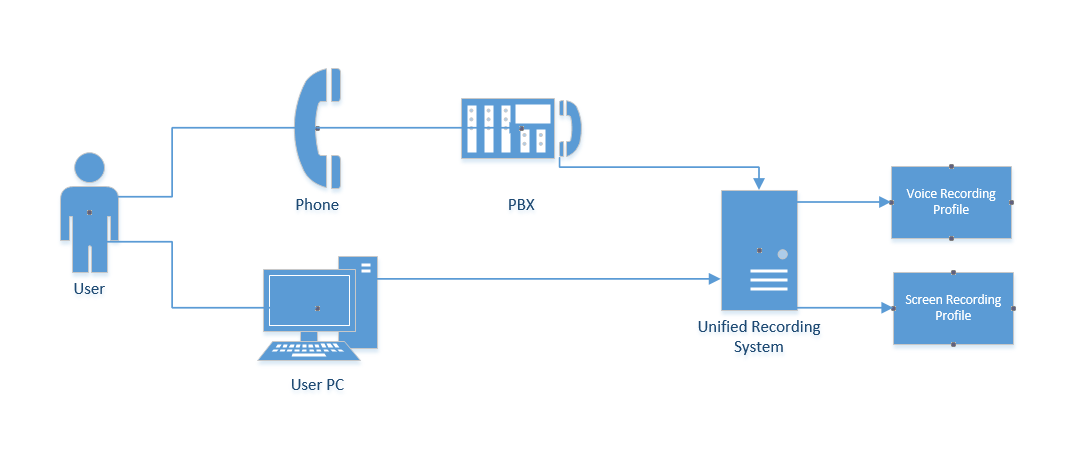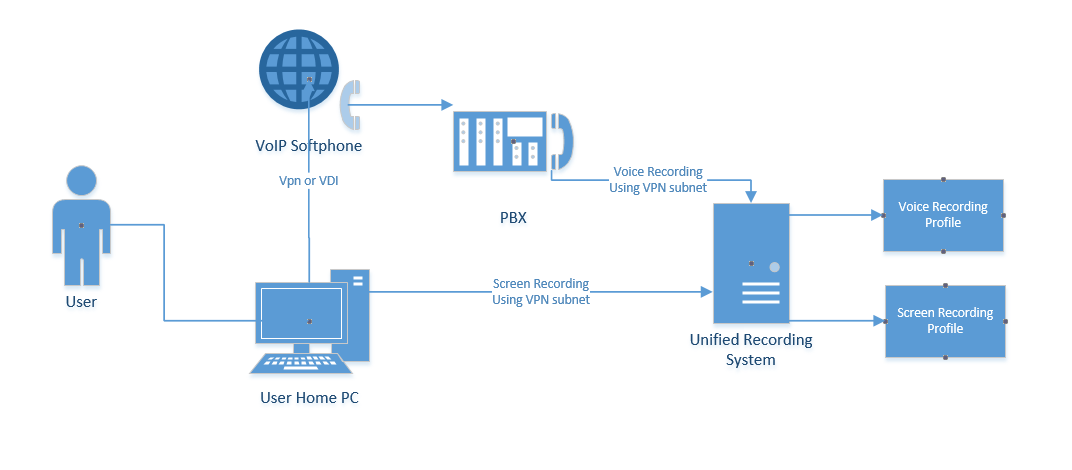
The words is just awesome (Discovery Channel, 2009)
Imagine a picture: morning, contact center, remote location. Several thousand employees opened their laptops for a cup of coffee and were unable to log into the working system. Someone saw the maiden name in the profile, someone - the previous position, and a chill ran down the backs of some leaders.
Normally, a wave of awareness of the problem would travel through the office faster than anxiety. But in the conditions of isolation, unhappy thoughts crept into the head of the employees. Did I lose my job because of the crisis that crept in? Could I have been demoted without my consent? In general, much of what was acquired by back-breaking labor suddenly disappeared.
I am engaged in servicing customer contact centers at CROC. And there were a lot of similar stories during the quarantine (and without it). How it all ended and how we transferred several dozen contact centers to a remote location, I'll tell you under the cut.
Fortunately for many, it was not a polar fox, but only a marmot.

Groundhog Day (film, 1993)
Having received a signal from the customer, our service team, stopping not such "animals" and "ghosts of the past", rushed to the rescue. Within an hour, we found out that there was a rollback four years ago: the user data for 2016 was displayed. Most likely, one of the customer's admins missed the button when he wanted to check the export of the user hierarchy and pressed import. As a result:
- some users could not log in,
- “ghost” employees appeared who had not worked in the company for a long time,
- some logged in under their maiden name,
- some with lower roles (past positions),
- user extensions were misidentified
It was lucky that on day X before the incident, a backup was created. By the way, why follow the recommendations of the vendor and service partner for setting up an automatic backup. Wouldn't have tuned in, would have stayed in 2016.
After checking everything and saying “let's go”, we “married back” several hundred operators, returned the “dismissed” to their place, restored order in the ranks of the leaders. So, left alone with the digital ecosystem, the contact center workers went 4 years into the past and returned back in one hour.
Transfer of operators to a remote location. Start
In fact, there is not much romance in the life of a systems engineer. He owns all well-known combat techniques, constantly combining them during the battle with network incidents. And, as it turned out, it can bring people back to life in the matrix.
But people who found themselves in isolation connected to the office did not feel under the total control of the rebellious time machine, subordinating people to its will. Every day they delve into the problems of clients, their work about human communication, empathy and emotions. Our task was to create a responsive atmosphere for them, solving their technical problems and taking technological challenges upon ourselves.
Of course, at the beginning of this whole story with a pandemic, the most important thing was as quickly as possible (aka a couple of days) and without loss to put everyone at home and give the main staff the opportunity to work.

Ghostbusters (film, 1984)
Fortunately, technology was ready for the transition to a remote location.
Modern IT systems of contact centers, which we have transferred to the home office in dozens, almost always had the necessary flexibility, scalability and the ability to work in a world without borders. IP telephony, after all.
The move itself is an understandable process. The user leaves his hardphone at the office, and hangs business casual clothes in the closet. They are being replaced by a softphone, VPN-bridge to the local network of the office, VDI and slippers.
The engineer shoves through the pool of networks, makes settings, switches voice and screen recordings to updated logic. Of course, not everything is always smooth here. It happens that the number of raining incidents per unit of time goes off scale beyond all reasonable limits. But N years of experience allows us to stop a ticket on the fly, even if a heavy fire starts.

Ghostbusters (1984 film)
Yes, of course, we'll be very careful.
After the storm. Screen recording system tuning
When everyone was exhausted and snuggled up in their home coworking spaces, we calmly got down to tuning. What did you tweak? If you have ever dived into the back-end of a call center, you know that the operators have a voice recording during a call and a screen recording with a special recorder. Records are kept for analysis and quality management. When operators work in the office, the hardware environment is unified. When working from home, the most unusual device options are possible. Some work from a laptop, others from two monitors, someone relaxed a little and does not want to work - all still need to be recorded.
If the voice recording does not need tuning (we just added a pool of VPN subnets to the recorder monitoring), then the screens were more interesting. Not every customer used VDI, so it was impossible to get away with updating device addresses. And we have implemented every day screen recording profiles. For example, in the case of a slow Internet or a weak PC, we recorded the operator in a black and white palette and with a high compression level. There was a separate profile for two monitors that captured images from two devices. And if you want the supervisor to see you not only as an agent, but also as a video blogger, please - we will record you in Full-HD, mpeg-4 and with a high keyframe generation rate (no, this is not 60 fps, what - ask in the comments ).And all of these profile settings can be combined and modified - the options space is really vast.
What's next?
The entire process of transferring to a remote location can be outlined using the triple scheme “it was - it was - it was after tuning”.
It was

It was

It was after tuning

The result is a universal recording system that works for both remote and dock office. Such a system can return to office everyday life in a day. The incident confirmed the idea that a home contact center has a right to exist: it is a valuable alternative to the traditional office format. From the point of view of technology, there are no problems; from a social point of view, I will not call it a panacea. A person needs to feel. I will not predict how it will end. But I will say that you should not be afraid of changes: we make backups and go!